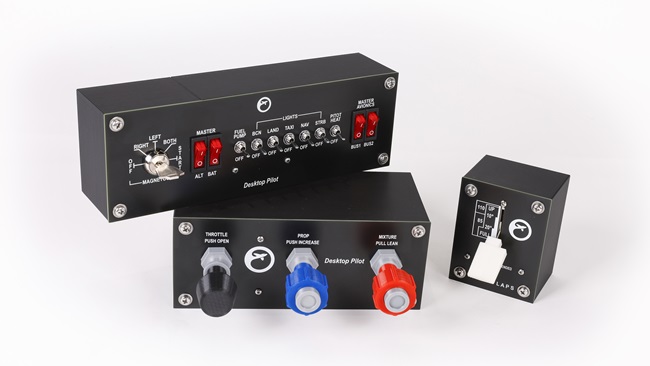
Slogging through the murk fearing a two-degree temperature drop may lead to an icing encounter, darkness setting in, facing a low approach at an unfamiliar airport with terrain around. Some days (or nights), the cockpit of a single-engine piston airplane seems like a lonely place, with all of the responsibility for the safe conclusion of a flight resting on the one set of pilot shoulders anywhere to be found. Airline crews work together in highly capable airplanes with unimaginable resources available to them in the form of aircraft performance, system redundancy, dispatchers a call away, advanced training, and that second trained body to advise and assist.
Fortunately, those of us who fly single pilot in simpler airplanes have more tools available to us than those daring flights we read about in books by Saint-Exupéry and Gann. The tablet computer, for example. For about one aviation monetary unit (the AMU—equivalent to $1,000—is how pilots discuss airplane costs with spouses while minimizing marital meltdown), one can buy a tablet computer and portable ADS-B receiver, a combination that brings unbelievable situational awareness to even the simplest cockpit. On a recent flight with my iPad on my lap and the ForeFlight electronic flight bag software running, I heard the system alert me that I was about to enter a runway, just as a copilot might call out. In this case I was crossing an inactive runway with permission, but the heads up was most appreciated nonetheless. While nonpilot passengers can be helpful in calling out traffic, most would not have the situational awareness to know to call out the runway environment.
Similarly, approaching an airport, extended centerlines with enlarged runway numbers can be shown on many EFBs, helping identify the correct runway. Most EFBs these days also show terrain relative to the route, some in three dimensions and with terrain alerting. Such panel-mount capability costs dozens of AMUs, a level of expenditure that frequently requires massive amounts of monetary expenditures to occur on the other side of the marital ledger.
Other tools helpful to the lonely pilot include air traffic control. Even with a plethora of satellite-delivered weather available in the cockpit, I find myself during particularly hairy weather situations asking ATC for advice on whether to zig or zag. On more than one occasion, I have been ready to divert to an alternate when a controller has offered a suggestion that conditions just ahead are improving and that aircraft are getting through. It’s my responsibility to manage my flight—but I certainly value ATC’s input.
Iron Mike, Otto, or George—pick your moniker—but even the most basic autopilot can be a great aid for single-pilot operations. Mine is an old single-axis S-Tec with GPS steering. The simple autopilot flies my Bonanza with aplomb. I must manage the ascents and descents, but when life gets busy or tiring, the system is worth its weight in AMUs. Most new digital autopilots include altitude capture and envelope protection, keeping pilots from getting too slow or too fast, a danger that has led to the demise of too many.
Other weapons in the arsenal of single pilots are good training and experience. Having fully explored the airplane, its systems, and its flight envelope with an instructor knowledgeable in that particular model of airplane gives a pilot loads of confidence and capability. When things start to go wrong, flying the airplane needs to be second nature. Good training and frequent flying allow a pilot to push the basics of keeping the airplane upright and on course to the back of the brain, freeing up neurons for dealing with the emerging problem before task saturation sets in.
Finally, don’t forget nonpilot passengers. Depending on how frequently they fly with you, a well-coached passenger can be a great help in pointing out traffic, double checking your flight plan and frequency entries, and even making radio calls if they’ve been around enough to anticipate and understand what ATC needs to know. Teach them to read a chart and they can remind you of course changes. Show them the altimeter and promise them a dollar for every time they can point out when you are more than 200 feet off.
Feeling alone? Look around, there may be more assistance available than you first thought.
Email [email protected]
Follow on twitter @tomhaines29
Editor in Chief Tom Haines frequently flies his Bonanza alone and with other pilots.



